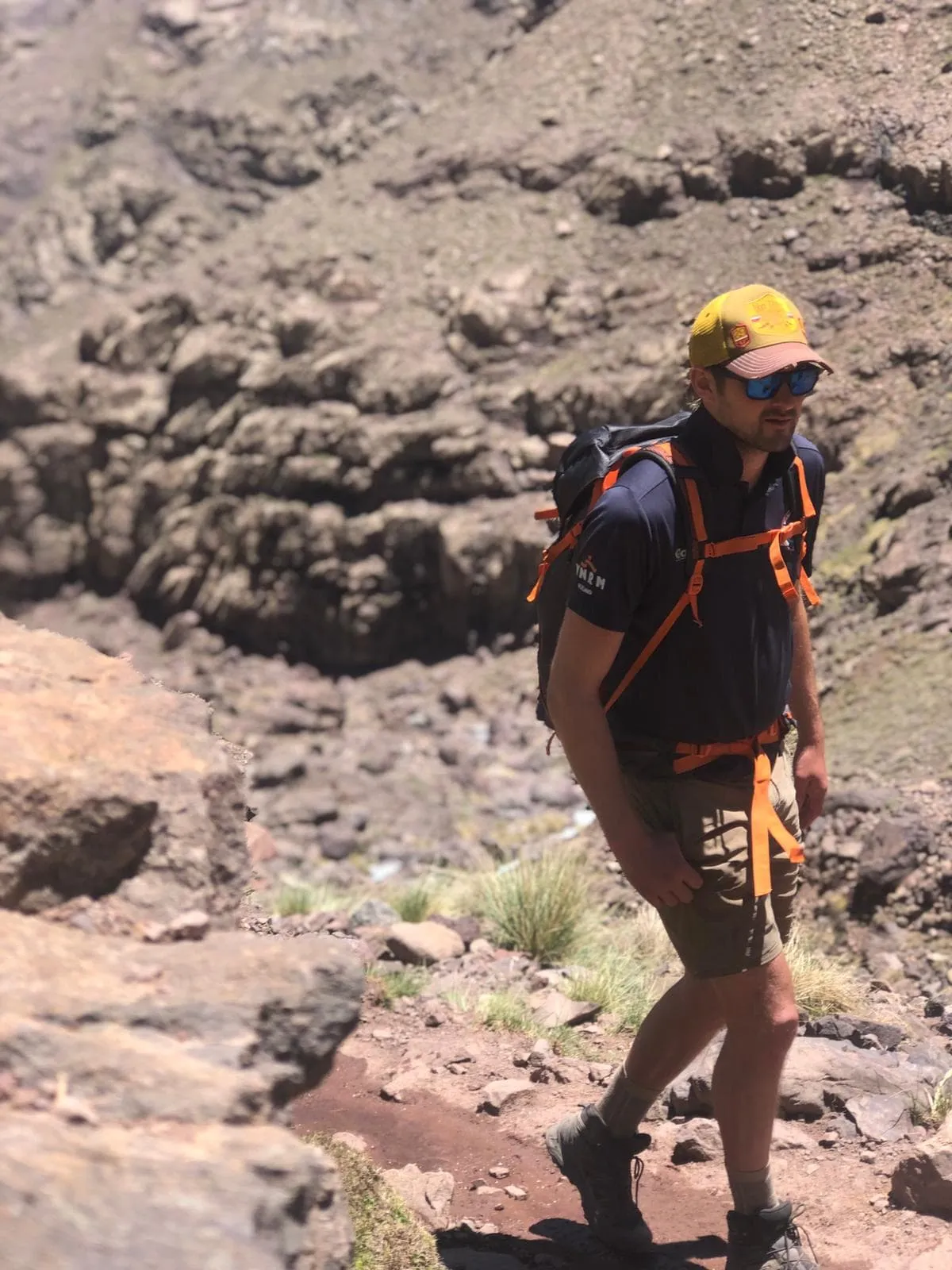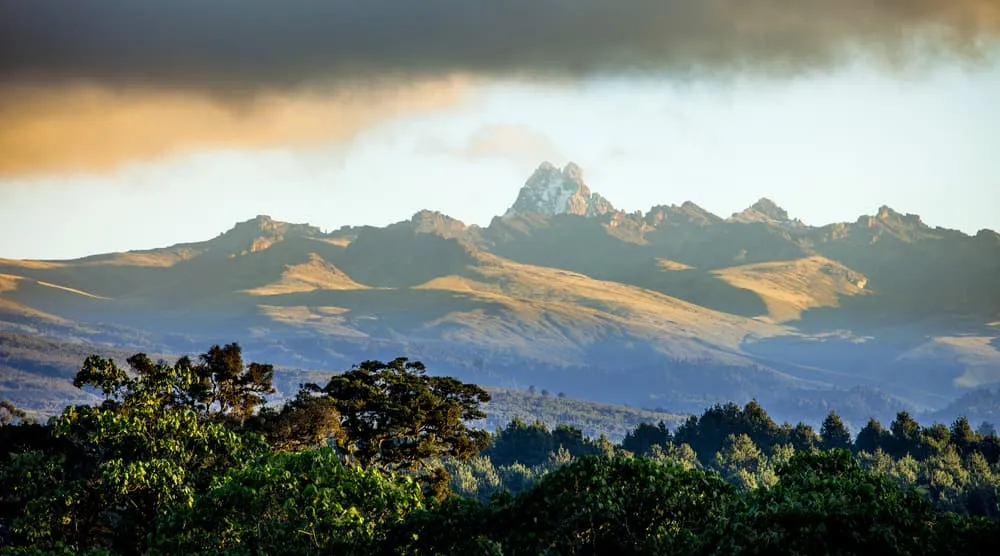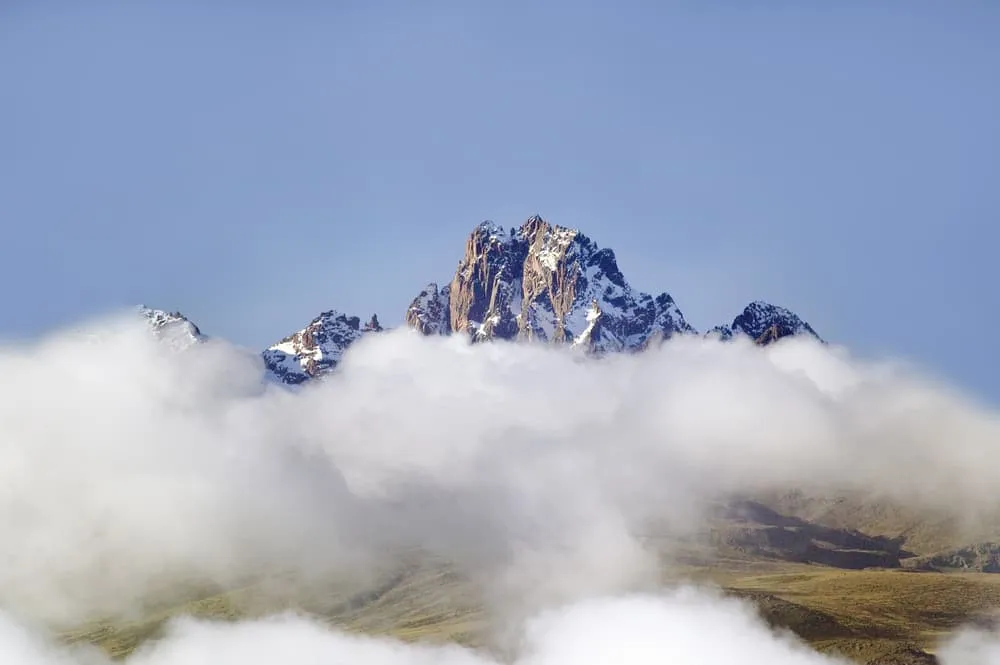Climbing Mount Kenya is something else. Yes, of course, you should climb Kilimanjaro but when you are looking for a more interesting piece of rock in Africa, you will sooner or later come across Mount Kenya. Mount Kenya offers outdoor enthusiasts and mountaineers different options to bag one of the three peaks on Mount Kenya. You can make it as difficult as you possibly want. In this blog post we will focus mainly on the easiest but not less exciting way of your Mount Kenya climb: By foot. Yes, you can go trekking on Mount Kenya. We spoke to Evans Mwangi, who has climbed Mount Kenya hundreds of times as a guide and a porter and share his insights and tips for this trek.
Everyone can name the highest mountain in Africa but did you know that Mount Kenya is the second highest? With 5,199 meters Batian Peak is a bit higher than Nelion (5,1888m) and Point Lenana (4,985m). If you want to summit the first two peaks mentioned, you will need to gain some experience in traditional rock climbing. However, if you want to climb Point Lenana, you can just buy a decent pair of hiking shoes. You can get to the third highest peak on the second-highest mountain of Africa in only a few days of hiking. Evans Mwangi of Go To Mount Kenya has gone a few hundred times before you and these days he is sharing his expertise with trekkers from all over the world who want to trek to Point Lenana.









Comments